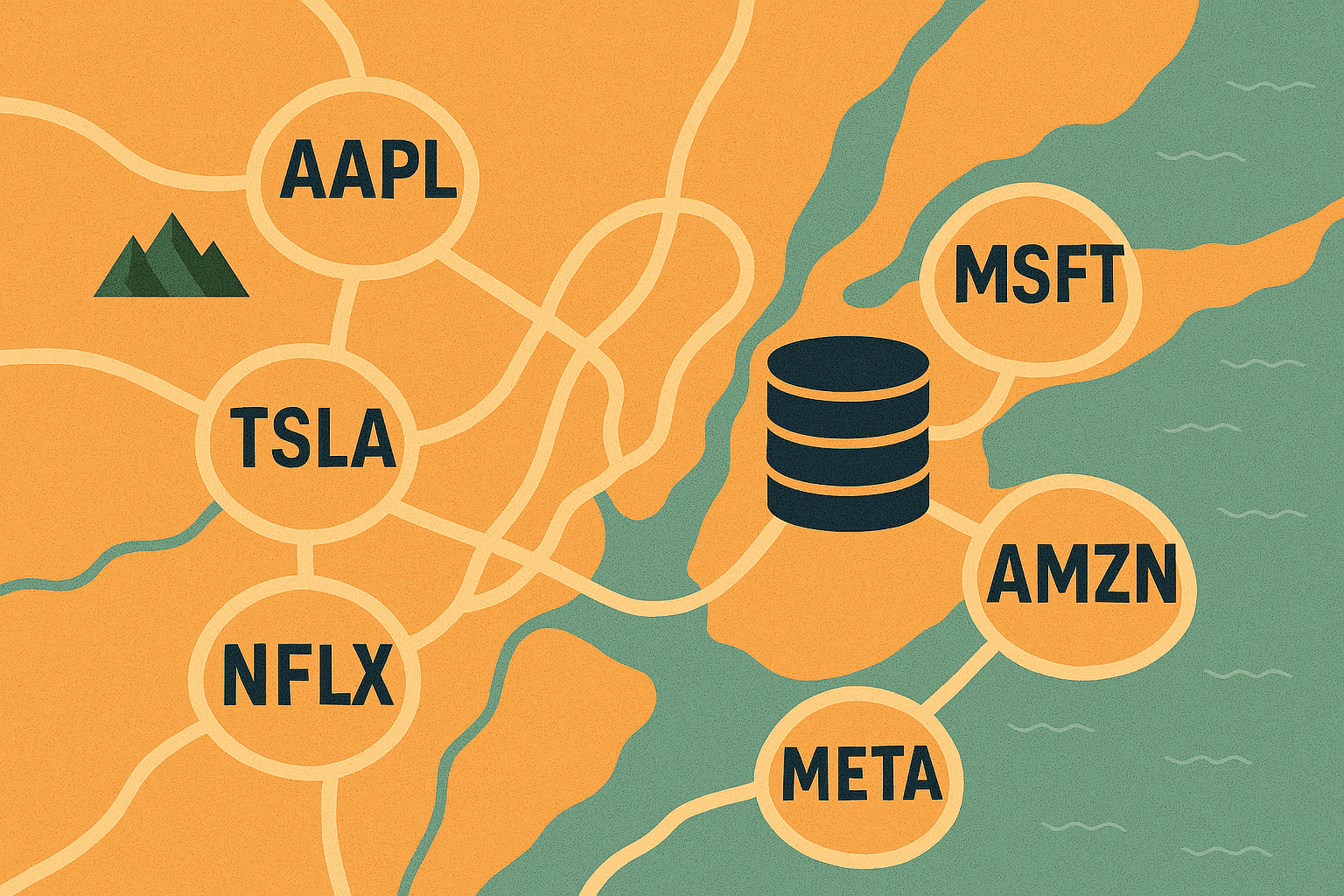Alternative Data for Tracking Employment Trends
Background
Employment data has been the 4th most popular alternative data category on the Eagle Alpha data discovery platform over the past 12 months, seeing a 40% YoY increase in the number of employment datasets onboarded.
Job listings data provide asset managers holistic information on total employee count, job functions, skills, gender, and tenure which can then be used to measure firm performance, hiring strategy, employee turnover, headcount growth, and estimate expenses. Employment data can also take the form of employee profiles and company reviews which can help measure employee perception and sentiments, thus providing a good use case not only for firms dealing with public equities but also for private equity in the form of deal origination analysis and due diligence.
Insights into a company’s diversity, inclusion, and governance efforts can also be accessed through analyzing data on employee/board gender makeup and compensation gap and for specific use cases such as evaluating hiring for sustainability-related roles. Form 5500 IRS filings also provide details on employee benefit plans, employees covered, dollar contributions, etc. giving insights into a company’s financial health and governance, which is not necessarily found in other employment datasets.
Finally, employment data can also be used in the macroeconomic analysis in order to measure workforce and labor market trends. It can also be used to track labor force migration trends and layoff or downsizing trends.
A Deeper Dive into these Sources
Job Postings
Survey datasets were traditionally used to gauge macroeconomic trends, employment conditions, and the difficulty of hiring and firing workers in each jurisdiction. For example, The World Bank has its own Doing Business DataBank and one condition that scholars have been trying to analyze is called labor market flexibility. A flexible labor market allows employers to make changes in response to supply and demand issues, the economic cycle, and other market conditions.
As part of a 2021 data strategy workshop exploring inflation, Eagle Alpha’s data partner Revelio Labs noted an increase in job postings in the year prior which happened at the same time as evidence of economic recovery was recorded. For role-specific job postings, restaurant servers and caterers saw a huge spike, the recorded average was way above the pre-pandemic level, and salaries were also rising.

At Eagle Alpha’s Virtual Conference in June 2020, we held a panel discussion on the unemployment surge. Here, another employment data partner LinkUp delivered an insightful presentation highlighting data trends in each US state from the early impact of COVID. The figure below depicts the decline in job postings by industry. The size of the box represents the industry’s percent of the total U.S. decline of 400,000 job openings on employer websites in April 2020.

Employee Profiles and Company Reviews
Employee profiles and reviews gathered from sites like LinkedIn and Glassdoor can shed light on how long someone stays at a firm and researchers can also gauge the total number of employees at companies in a given month.
Last month, Revelio Labs published a report evaluating the rise in popularity of Chief Sustainability Officers and the impact this new position had on the performance of different companies, highlighting greenwashing as a risk. When making an overall assessment of companies with and without CSOs, however, Revelio Labs found that companies without CSOs typically have more negative employee reviews. Therefore, this (mainly) external communication function does influence internal employee perception.

Employee Sentiment
Thousands of academic papers have been written on the subject of sentiment analysis and the asset management community has been experimenting using this method, specifically in analyzing the polarity of sentiments expressed in social media and news articles.
In April 2022, data provider Aniline released a report on employee engagement in Fortune 100 companies vs. B Corps (i.e. smaller and younger companies). It was determined that larger companies were not as effective in creating trust and engagement with employees and also not effective in enhancing productivity. Smaller companies do lack resources but demonstrate a better job in motivating and creating engagement amongst the employees. In terms of sustainability and ESG, B Corps were found to be punching above its weight and outperforming Fortune 100 companies.

Legal Considerations
Personally Identifiable Information (PII) and anonymization, data collection with the explicit consent of employees, and use of geolocation apps and sensors – all these topics are important when deciding which data vendor to work with, and which questions to review within that vendor’s due diligence questionnaire. Additionally, data provenance is crucial and asset managers need to make sure they are not receiving any PII.
A ground-breaking court case related to web-scraped data reached a conclusion on April 18th, 2022. The U.S. Ninth Circuit of Appeals affirmed its original decision in hiQ Labs vs. LinkedIn and ruled that web crawling is legal so long as it is hosted in the public domain online. Ultimately, the court decided that user profiles were not LinkedIn’s property as users elected to put them on the platform. You can read more about this ruling here.
Conclusion
We believe this trend for detailed insights into employment isn’t going away anytime soon, and as new data sources are always emerging thanks to technological advancements and the Internet of Things, job postings and public profiles continue to dominate the employment data space.





